1. The Pitohui Is One of the Only Known Poisonous Birds on Earth

Yes, poisonous, not venomous—this bird won’t bite you and inject toxins, but touching or eating it? That’s where the trouble starts. The pitohui (pronounced pit-oh-hoo-ee) is native to New Guinea and carries a powerful neurotoxin in its feathers and skin called batrachotoxin. It’s the same toxin found in poison dart frogs—and just as nasty. Even brushing up against its feathers can cause numbness or tingling in your skin. It’s basically nature’s way of saying, “I’m not on the menu.” Honestly, this bird is the sassiest form of self-defense in the animal kingdom.
2. Its Bright Colors Are Basically a Warning Label
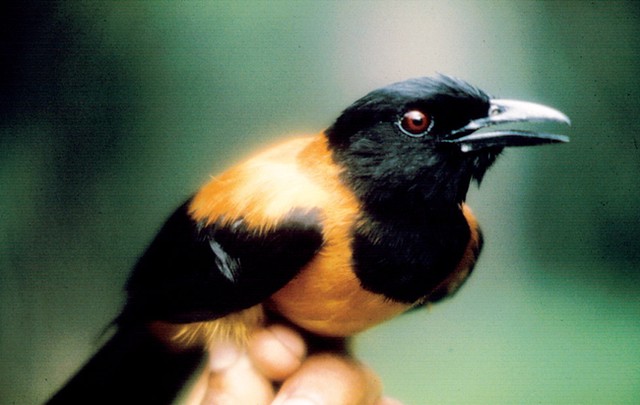
The pitohui doesn’t try to blend in—it’s got a bold black-and-orange or rust-red plumage, depending on the species. That color combo? It’s like the neon sign of the animal world: Touch me and suffer. This kind of coloring is called aposematism, a flashy warning system used by poisonous or venomous animals to say “Don’t even think about it.” It’s like if your outfit screamed, “I bite and I’m toxic,” but in a cute, coordinated way. Predators have learned to avoid them, which is the whole point. Basically, pitohuis are walking “Danger” signs with wings—and they wear it well.
3. Scientists Didn’t Even Know Birds Could Be Poisonous Until the ’90s
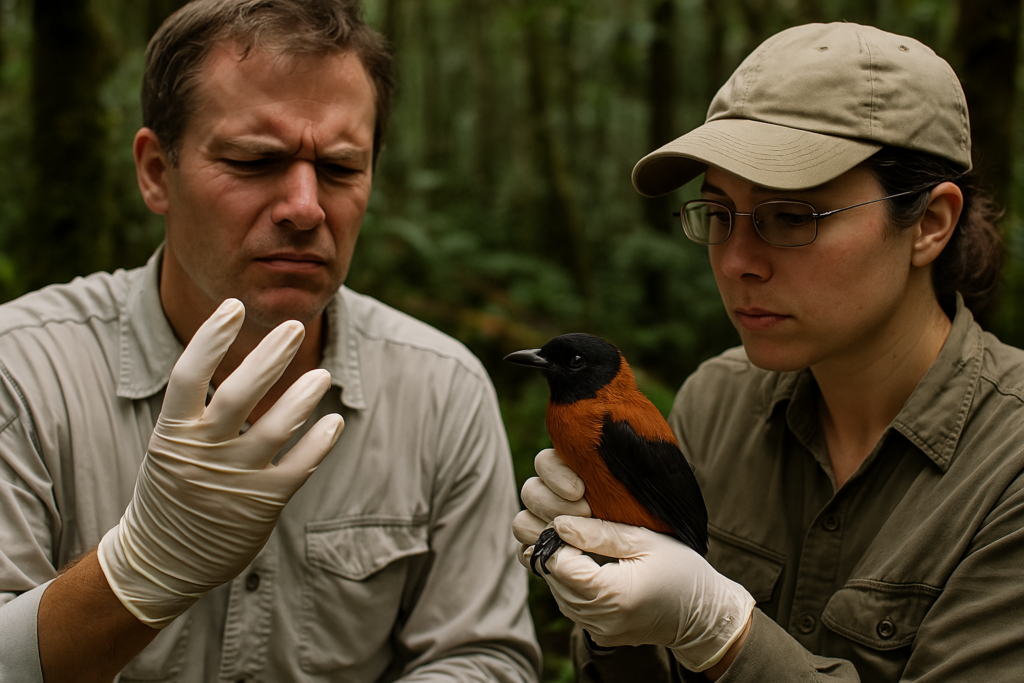
You’d think something this bizarre would’ve been figured out earlier, right? But it wasn’t until the early 1990s that scientists confirmed the pitohui was toxic. Researchers noticed a burning sensation after handling the bird, and further study revealed it wasn’t just being rude—it was poisonous. Turns out, most people just hadn’t gotten close enough to find out. This discovery kind of broke the rules of what we thought we knew about birds. Nature: still full of surprises (and accidental stinging sensations).
4. It Gets Its Toxins from Its Diet (Because Nature Is Wild)
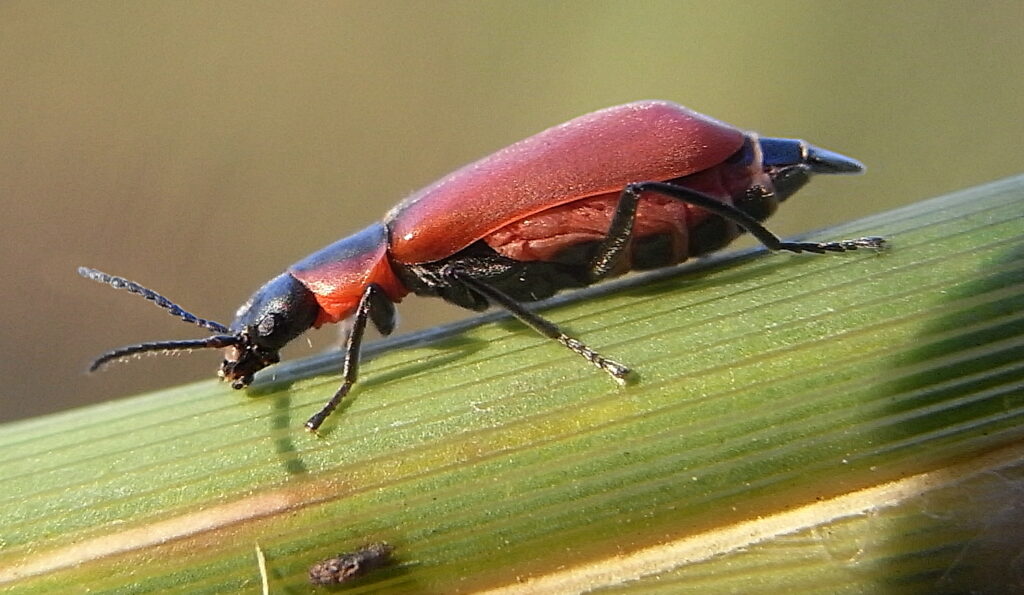
The pitohui doesn’t make its own poison—it borrows it from its food. Specifically, it eats beetles of the genus Choresine, which contain batrachotoxins. The toxins then build up in the bird’s tissues, making it effectively toxic from the inside out. It’s the same mechanism used by poison dart frogs, which also get their toxins from what they eat. So yes, the bird is poisonous… but only because it eats poisonous snacks. Moral of the story: you really are what you eat.
5. It Uses Poison as a Defense, Not an Offense
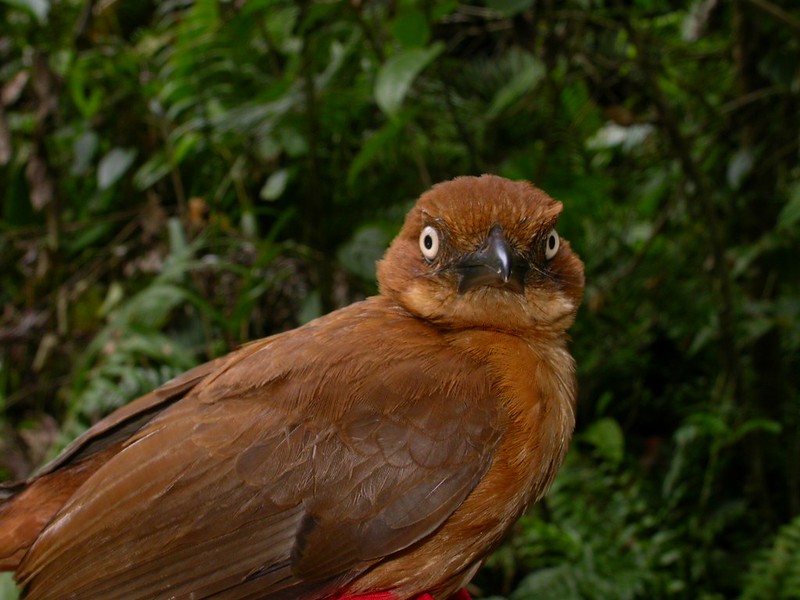
Despite sounding like it belongs in a horror movie, the pitohui isn’t an aggressive bird. It doesn’t swoop down and poison unsuspecting hikers or pick fights with jungle creatures. Its poison is purely defensive—a chemical “Do Not Disturb” sign. Predators learn to avoid them after one bad mouthful (if they’re lucky enough to survive it). Even parasites like lice tend to steer clear. Honestly, it’s the ultimate introvert bird move: look fabulous, stay toxic, and keep everyone at wing’s length.
6. There Are Actually a Few Other Toxic Birds Too (Because of Course There Are)
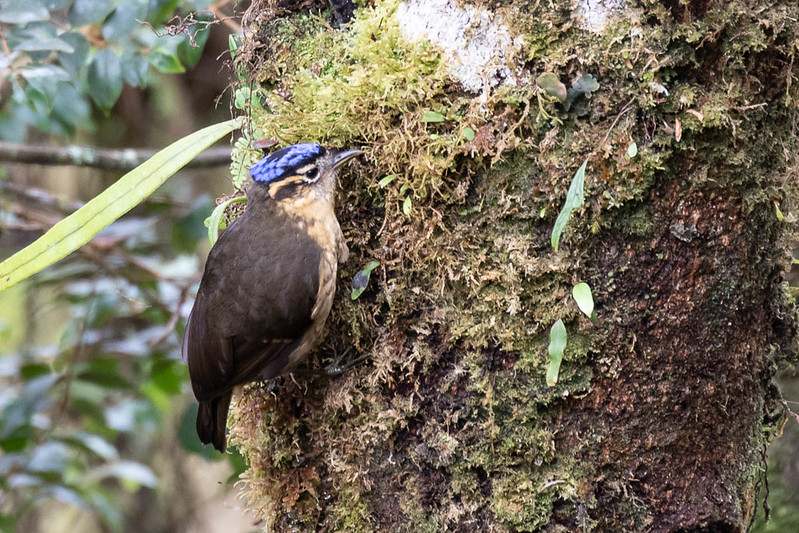
The pitohui may be the headliner, but it’s not flying solo in the toxic bird club. The blue-capped ifrita and the spur-winged goose have also tested positive for toxins—though with slightly different chemistry. Like the pitohui, the ifrita lives in New Guinea and likely picks up toxins from beetles. The spur-winged goose, on the other hand, gets its toxins from blister beetles and stores them in its flesh. So technically, eating it could make you sick—making it the worst Thanksgiving bird imaginable. Clearly, birds are out here writing their own rules.
7. The Name “Pitohui” Is Just as Fun as the Bird Itself
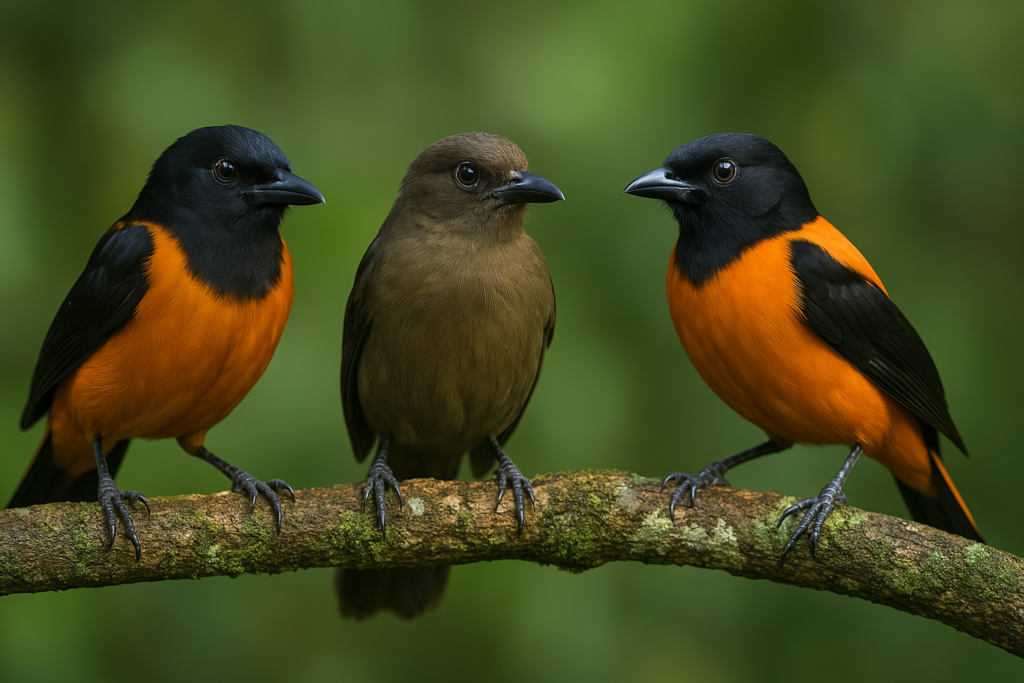
Let’s be honest: pitohui sounds like something you’d yell if you stubbed your toe. But it’s actually pronounced pit-oh-HOO-ee, and it’s fun to say once you get it right. It comes from the local indigenous languages in New Guinea, where the bird lives. There are several species under the pitohui name, including the hooded pitohui and the variable pitohui. Each has slightly different coloring and toxicity levels, but they all share the same “do not touch” vibe. Bonus points for being the only bird that sounds like a sneeze and a threat.
8. It’s Still a Mystery How They Avoid Poisoning Themselves

One of the weirdest things? Scientists still don’t fully understand how the pitohui doesn’t poison itself. Batrachotoxin is insanely potent—it disrupts nerve function and muscle control, and there’s no known antidote. Yet somehow, this bird can snack on poisonous beetles and store the toxins without dropping dead. It’s believed they’ve developed a natural resistance or evolved specialized receptors that block the effects. Honestly, it’s giving “cool superpower we’ll never have” vibes. Nature once again: smarter than all of us combined.
9. They’re Beautiful, Deadly, and Surprisingly Under Appreciated

The pitohui isn’t just toxic—it’s gorgeous, with glossy feathers, bold colors, and that signature “don’t touch me” aura. But it doesn’t get nearly as much attention as flashier, more lovable birds like parrots or peacocks. Maybe it’s the poison. Maybe it’s the geography. But if you ask us, the pitohui deserves its moment in the spotlight — not just because it breaks all the rules, but because it does so fabulously. It’s proof that in the bird world, being “pretty but dangerous” is more than just a trope — it’s a survival strategy.


